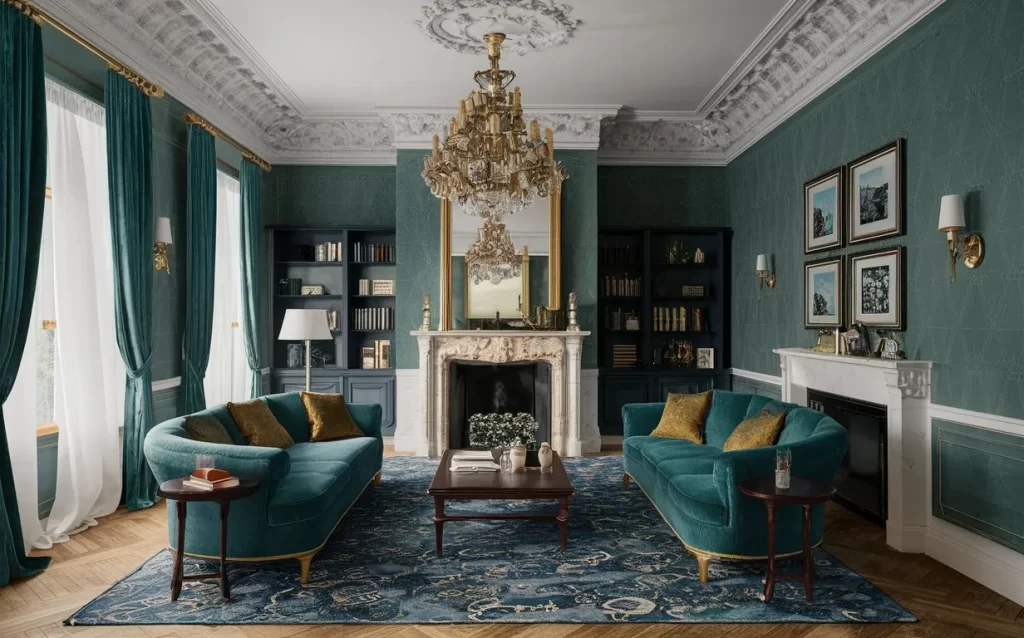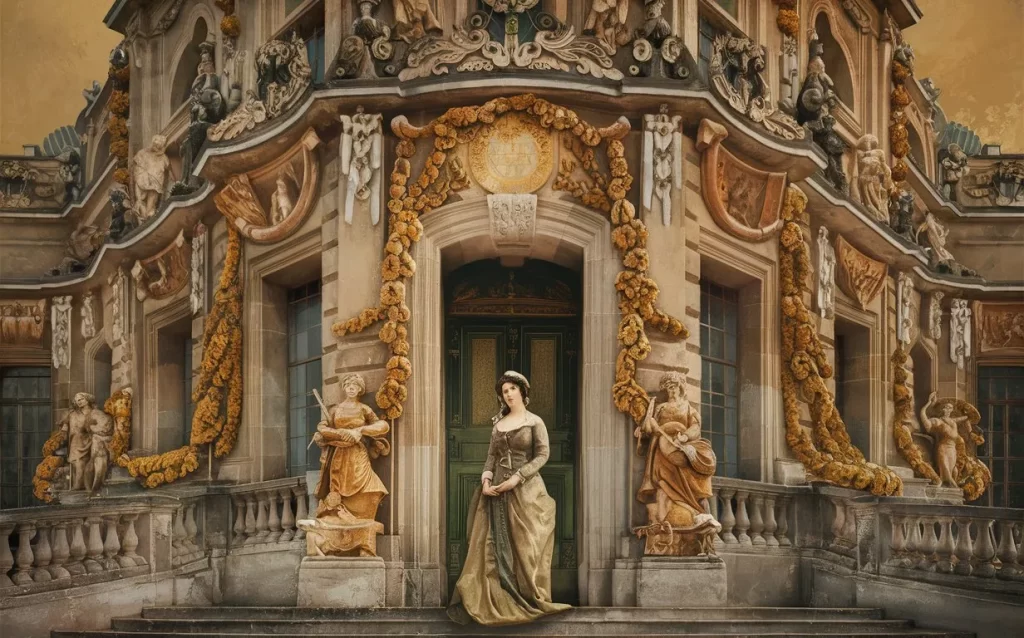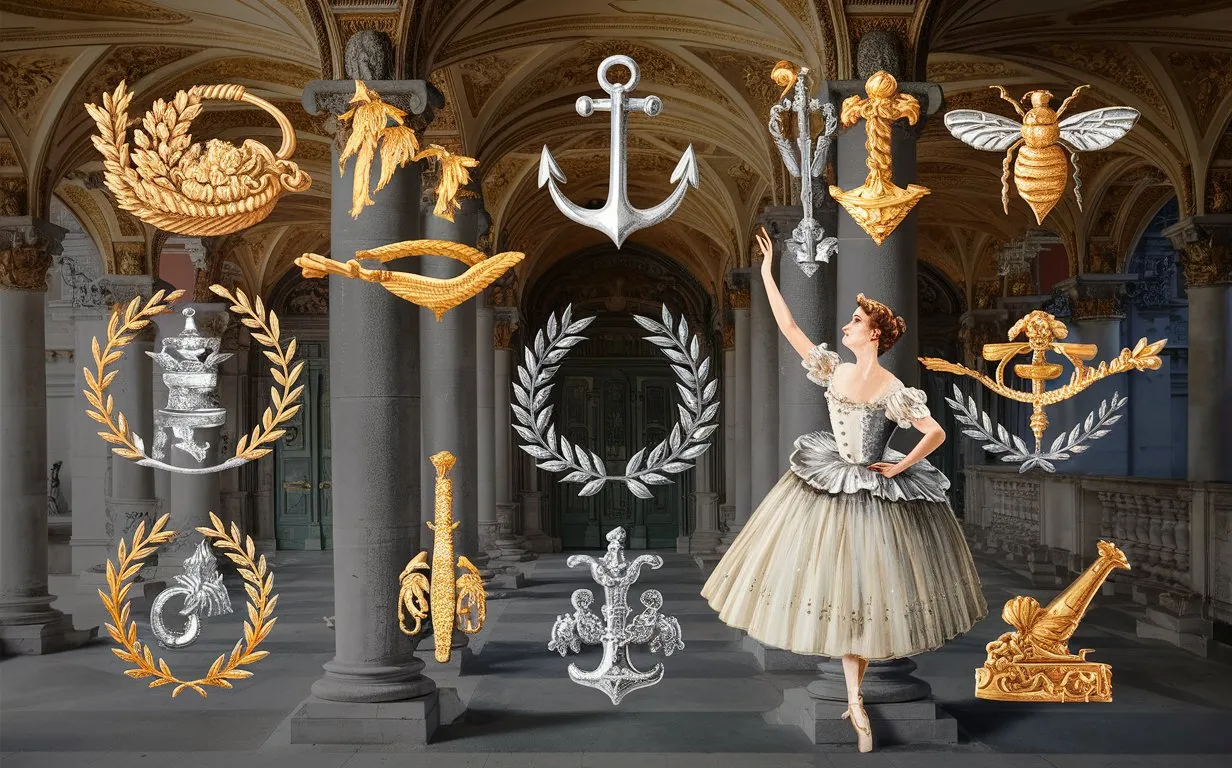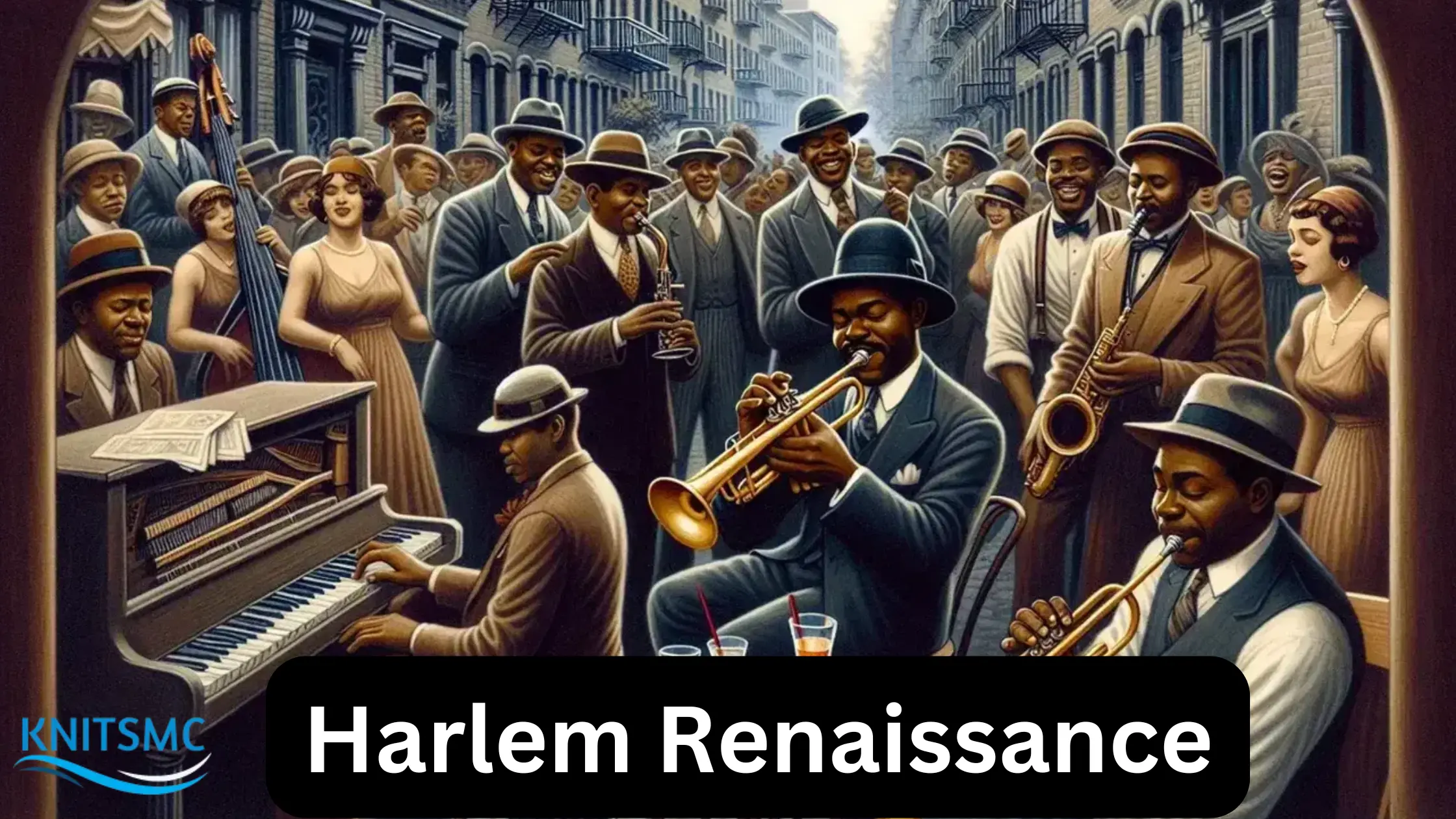Table of Contents
Second Empire Style Symbols have long captivated architects, designers, and history enthusiasts alike. This iconic architectural style, which emerged in France during the mid-19th century under Emperor Napoleon III, is renowned for its grandeur, ornate details, and timeless elegance. In this article, we will delve into the key symbols of the Second Empire style, explore their historical significance, and reveal exciting updates in modern interpretations of this classic design.
What Are Second Empire Style Symbols?
The Second Empire architectural style is synonymous with opulence and luxury. Originating in France during the reign of Napoleon III, it quickly spread across Europe and the United States, leaving a lasting legacy on architectural design. The focus keyword, Second Empire Style Symbols, refers to this style’s distinctive features, such as mansard roofs, ornate cornices, and elaborate facades. These symbols continue to inspire modern architecture, blending the old with the new in exciting and innovative ways.
The Origins of Second Empire Style
A Brief History of the Second Empire
From 1852 to 1870, France’s Second Empire period was a time of significant change and modernization. Under the rule of Napoleon III, Paris underwent a dramatic transformation, with wide boulevards, grand public buildings, and opulent residences becoming the norm. The Second Empire style, influenced by Baroque and Renaissance elements, became the architectural expression of this era.
Critical Characteristics of Second Empire Architecture
Second Empire Style Symbols are defined by their distinctive features, which set this style apart from other architectural movements. Among the most noteworthy qualities are:
- Mansard Roofs: Perhaps the most recognizable feature of Second Empire architecture, mansard roofs have steeply sloped sides, often punctuated with dormer windows. This design heightens a building and allows for additional living space within the roof.
- Ornate Cornices: Cornices in Second Empire buildings are typically highly detailed, with intricate moldings, brackets, and decorative elements adding to the structure’s grandeur.
- Elaborate Facades: Facades in Second Empire architecture are often symmetrical, with central projections, grand entrances, and a wealth of decorative details, including columns, pilasters, and friezes.
The Significance of Second Empire-Style Symbols
Representing Power and Prestige
During the Second Empire, architecture conveyed power and prestige. The Second Empire Style Symbols were visual representations of the wealth and status of those who could afford to build in this opulent style. Mansions, government buildings, and public institutions were all designed to impress with elaborate details and grand proportions.
Influence on American Architecture
The influence of the Second Empire style extended beyond France, significantly impacting American architecture in the late 19th century. This style was trendy in the United States for government buildings, courthouses, and mansions. The Second Empire Style Symbols became a hallmark of wealth and sophistication, with cities like New York and Washington D.C. showcasing many examples of this grand architectural style.
Modern Interpretations of Second Empire Style

The Revival of Timeless Elegance
In recent years, there has been a resurgence of interest in Second Empire Style Symbols. Architects and designers are finding new ways to incorporate these classic elements into modern buildings, blending traditional elegance with contemporary functionality. Mansard roofs, for example, are being reimagined with modern materials and energy-efficient designs, while ornate facades are being simplified for a more streamlined, yet still elegant, look.
Exciting Updates in Architecture
One of the most exciting developments in the world of Second Empire Style Symbols is the use of modern technology to recreate and enhance traditional designs. Digital tools allow architects to experiment with different proportions, materials, and details, resulting in innovative buildings that pay homage to the past while embracing the future. This fusion of old and new is particularly evident in urban areas, where historic buildings are restored and repurposed with a contemporary twist.
Why Second Empire Style Remains Relevant
The Enduring Appeal of Luxury
The enduring appeal of Second Empire Style Symbols lies in their association with luxury and refinement. Even in today’s fast-paced world, people desire buildings that evoke a sense of timeless elegance and sophistication. The ornate details, grand proportions, and historical significance of the Second Empire style continue to resonate with people who appreciate beauty and craftsmanship in architecture.
Adapting to Modern Needs
While the original Second Empire buildings were designed for a different era, the Second Empire Style Symbols have proven adaptable to modern needs. Whether through preservation, restoration, or new construction, these symbols can be incorporated into contemporary designs in functional and aesthetically pleasing ways. This adaptability ensures that the Second Empire style will continue to be a source of inspiration for generations to come.
Also Read: Validation Counseling Techniques: Transform Lives with Empathy
Embracing the Legacy of Second Empire-Style Symbols

From their origins in 19th-century France to their influence on modern design, these symbols continue to captivate and inspire. By understanding and appreciating these elements, we can better preserve the rich history of the Second Empire style while embracing new and exciting interpretations. As architects and designers continue to explore the possibilities of blending old with new, the timeless elegance of the Second Empire style will undoubtedly remain a vital part of our architectural heritage.





